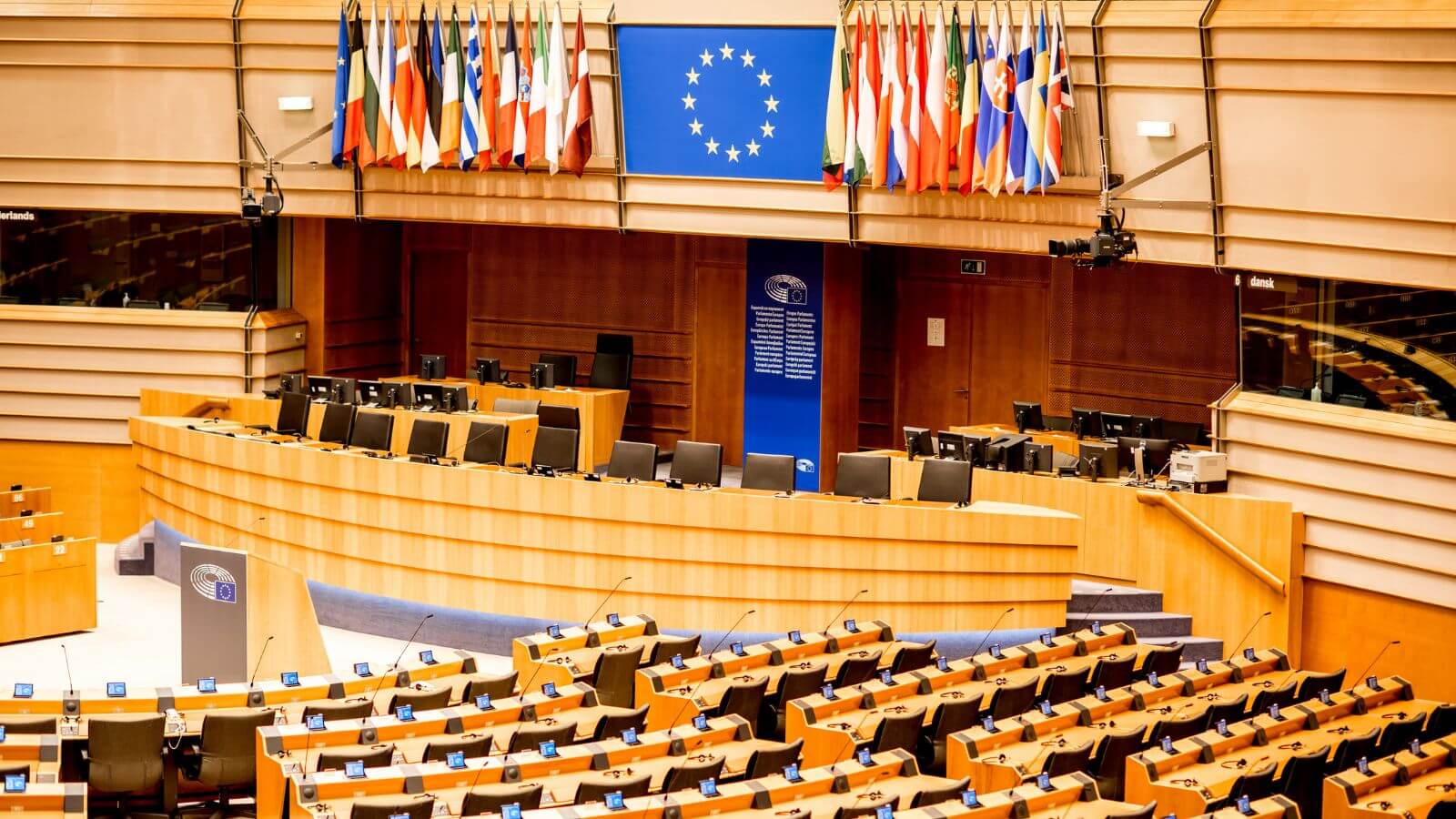As organisations become increasingly global, employees need to be culturally trained to engage effectively with their coworkers and customers. Through socialisation, employees can be taught how to adapt their behaviour to diverse cultural settings. In a world of global mobility, cross-cultural training is indispensable to realising the potential of multicultural teams in an organisation.
If you want to foster increased communication and collaboration at your workplace, read our blog to discover how to create an effective cross-cultural training programme.
Why is Cross-Cultural Training Important?
From encouraging effective communication to boosting international business operations, the importance of cross-cultural training cannot be undermined.
- Cross-Cultural Comprehension: In a multicultural world, cross-cultural training enables individuals to understand and see things from each other’s perspectives. For instance, when a business opens an overseas branch, cross-cultural training can help employees understand the host country’s cultural norms and practices.
- Effective Communication: The likelihood of misunderstandings is substantially reduced by cross-cultural training. It helps understand not only a colleague’s words but also their body language and facial expressions. To avoid the perils of communication lost in translation, cross-cultural training is vital.
- Adaptation Strategies: Learning to adapt to a new environment can be challenging. Be it for a short-term assignment or a long-term one, cross-cultural training teaches employees how to adapt to a foreign culture, settle in and make themselves understood.
- Company Integration: Today, organisations are becoming increasingly global. Despite the local differences between their varied geographical branches, cross-cultural training ensures that employees have a common understanding of their company culture and appreciate it.

How to Create an Effective Cross-Cultural Training Programme?
Cross-cultural training comes with a plethora of benefits, particularly when it comes to creating smooth employee relocations and managing global mobility. But, to be effective and successful, it needs to be precisely planned and delivered.
Step 1: Assess your Organisation’s Culture
An understanding of the prevailing norms, values, and behaviours within your organisation will help you design an effective cross-cultural training programme. This is why you need to assess your company’s culture first.

Step 2: Identify Training Needs
A key step in creating an effective cross-cultural training programme is identifying areas where cultural competence can be improved. Surveys and interviews as well as focus groups can help you gather information and identify targeted areas for improvement. Analysing employee feedback and performance reports can help you understand the cultural challenges employees face. This will allow you to address specific training needs to boost workplace productivity.
Step 3: Partner with an Organisational Culture Consultancy
If you would like to utilise the resources of an organisational culture consultancy, you can consider partnering with one. Their expertise allows them to effectively analyse an organisation’s culture and curate a robust cross-cultural training programme specifically for it.
Did you know that the size of the cross-cultural training market is forecast to increase by $1,802.14 million?
Step 4: Set Clear Objectives
Having clear objectives in mind will ensure the long-term effectiveness of your cross-cultural training programme. Think about what outcomes you are looking to achieve so you can track progress in areas where you want to improve cultural competency.
Step 5: Design Engaging Training Content
Incorporating engaging content into your training programme is crucial. Your employees need to be able to interact with the content for them to fill their cultural skill gaps adequately. You can incorporate case studies, videos, and even role-plays to help your employees see what cross-cultural understanding looks like in real life.

Step 6: Incorporate Immersive Learning
Immersive Learning is a powerful tool that can boost retention rates by up to 90%, as opposed to only 15% from traditional learning. Through immersion experiences such as work abroad schemes, your employees will be able to get a first-hand experience of the host country’s culture. This will allow them to gain unique insights and boost their cultural intelligence.
Step 7: Deliver Training in Multiple Formats
To ensure broader participation and engagement, you need to offer flexible training that caters to the working model as well as the learning styles of individuals. From in-person workshops to e-learning modules and virtual training sessions, delivering your training in multiple formats will ensure everyone can be involved.
Step 8: Promote Open Dialogue
An effective cross-cultural training programme fosters an environment of open dialogue and conversation. By encouraging employees to share their experiences, you can emphasise the importance of active listening and non-verbal cues. This will also teach them to adapt their communication to different cultural contexts.

Step 9: Evaluate the Effectiveness of Your Training Programme
As with all training programmes, you need to evaluate the feedback and impact to improve it for the future. You can collect data using surveys and/or interviews. Some of the measurables you can bear in mind are employee engagement, behaviour, and company culture,
Step 10: Continue Learning and Improving
Cross-cultural training should not be a one-time event. To integrate cross-cultural awareness into your company culture, you need to have follow-up sessions. This will ensure that learning is continuous and cultural competence is reinforced.
From effective communication to improved cultural competence, your employees will reap the benefits of a cross-cultural training programme. This will boost teamwork and performance, benefitting both individuals and organisations.



